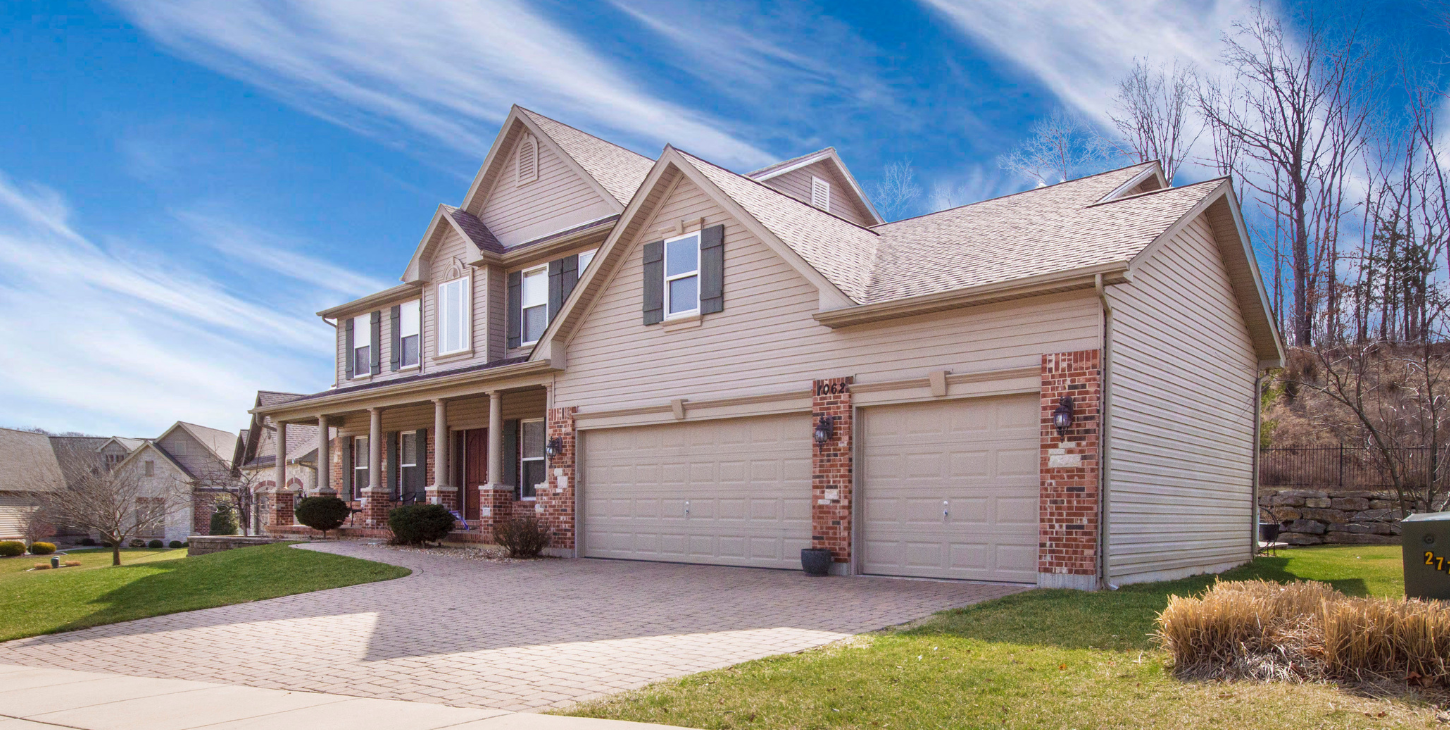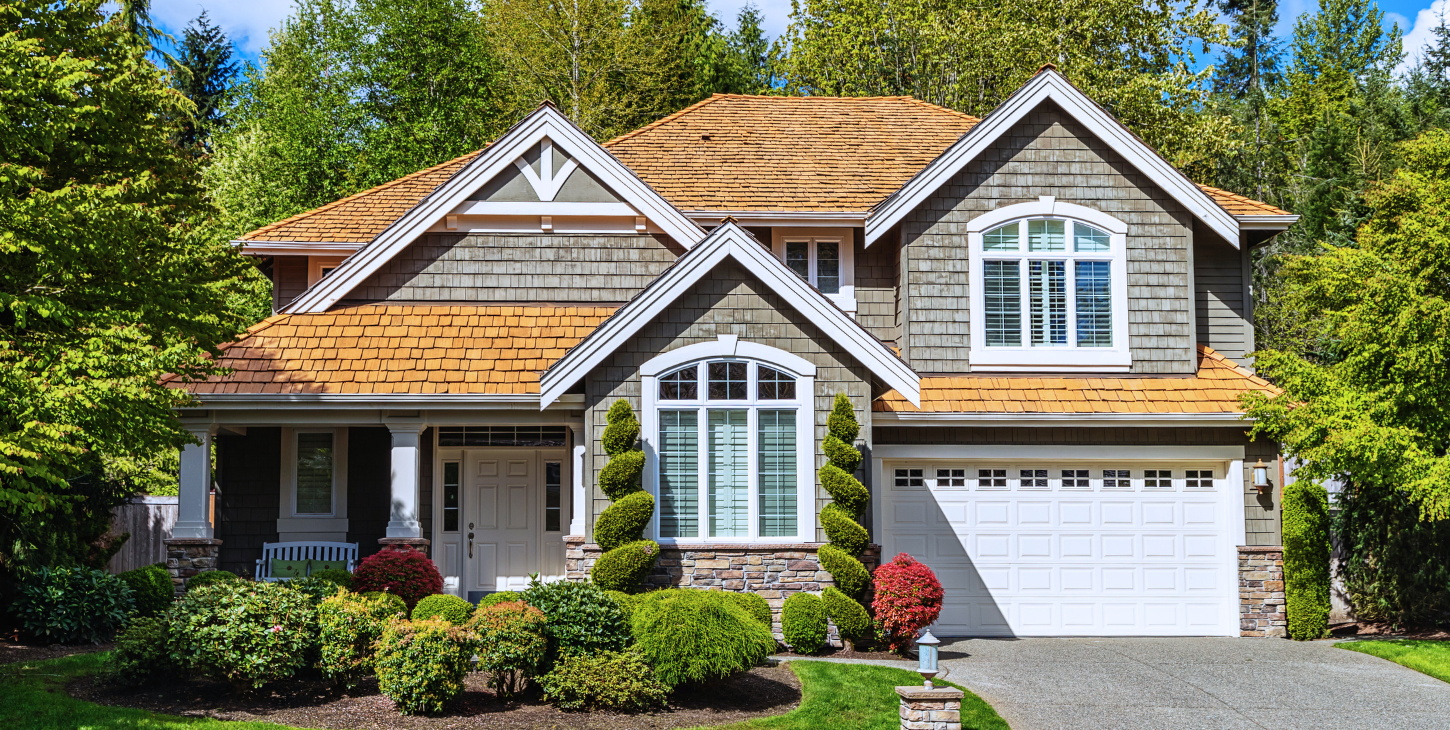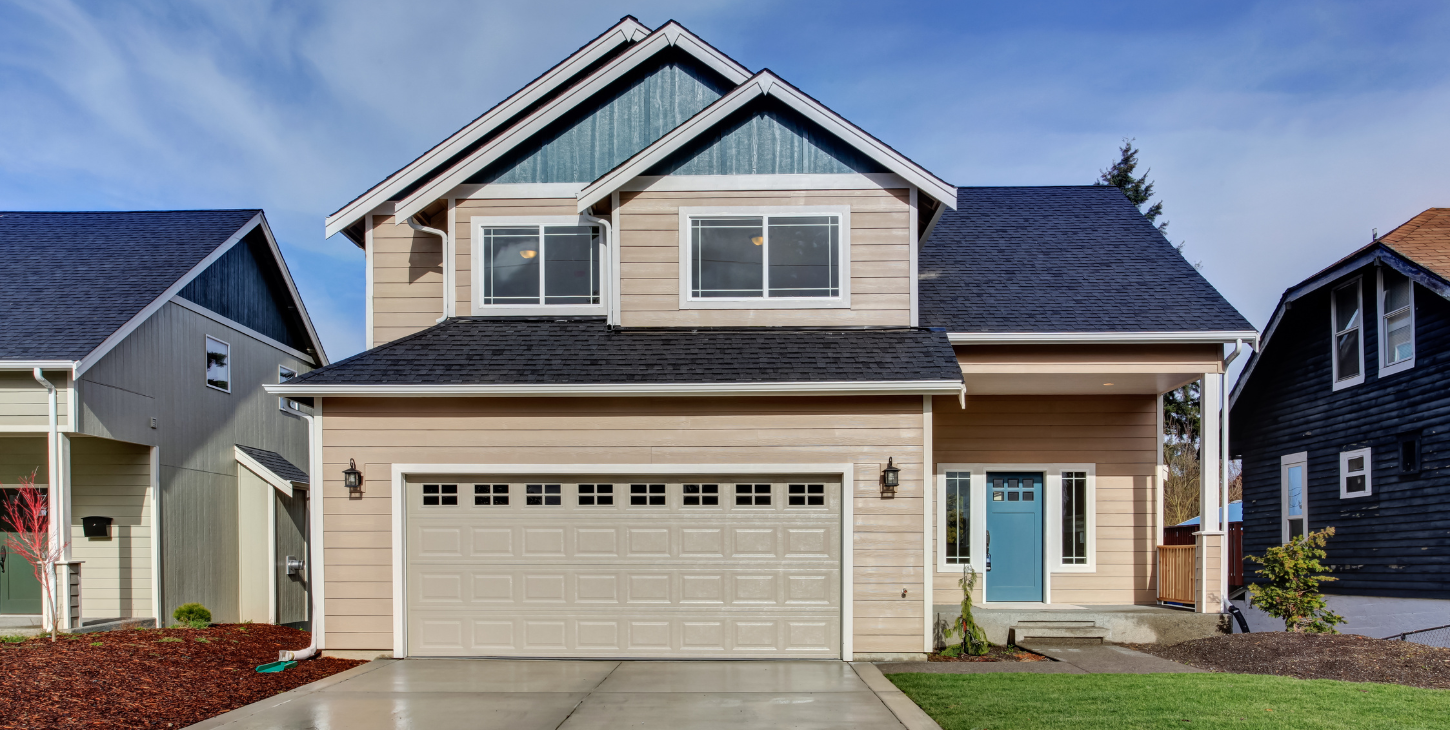FHSA
A First Home Savings Account lets you save, invest, and grow your down payment tax-free
How does a First Home Savings Account work?
- Canadian residents aged 18 - 71 who do not own their home currently, and have not owned their own home in the past four calendar years, are eligible to open a FHSA.
- Income and capital gains earned in an FHSA are not taxable and can grow on a tax-free basis. There are no taxes owed on qualifying withdrawals.
- There is an annual contribution limit of $8000/year, with a lifetime contribution limit of $40,000. Contributions are tax-deductible.
- You can hold your FHSA for a maximum of 15 years.
Ready to open an FHSA?
What can go in a FHSA?
- Guaranteed Investment Certificates (GICs)
What is a qualifying withdrawal?
- The home must be located in Canada.
- You must have a written agreement in place to buy or build by October 1st of the year after withdrawing.
- You must intend to live in the home as your principal residence within a year of buying or building.
- You must be a Canadian resident from the time of withdrawal to the acquisition of the home, and a first-time home buyer when you withdraw.
What if I don't use my FHSA?
- Unused funds in your FHSA can be transferred to an RRSP or RRIF on a tax-free basis before the FHSA closure.
- Any unused funds not transferred before closure would have to be withdrawn on a taxable basis.
How does an FHSA compare to an RRSP or TFSA?
There are complexities to all these accounts. Always consider what's best for your situation.

RRSP Home Buyers' Plan
- Contributions: deductible
- Investment growth: tax-deferred
- Withdrawals: tax-deferred

Tax Free Savings Account
- Contributions: not deductible
- Investment growth: tax-free
- Withdrawals: tax-free

First Home Savings Account
- Contributions: deductible
- Investment growth: tax-free
- Withdrawals: tax-free
Manage Your Wealth
Sometimes, your financial needs go beyond traditional banking products. Choose to invest your money in Mutual Funds or other securities. Through Aviso Wealth professionals at Rocky Credit Union, we can provide access to a comprehensive line of investments, including a variety of mutual fund companies.
 Search
Search






 www.google.com
www.google.com